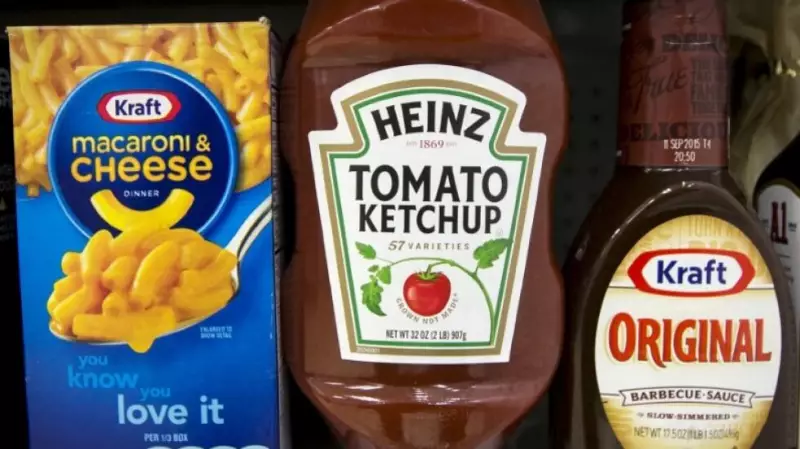
In a stark reflection of changing consumer behavior, Kraft Heinz has significantly scaled back its financial expectations for the year, pointing to mounting pressure from budget-conscious shoppers.
The packaged food conglomerate now anticipates flat to slight growth in organic sales for 2024, a notable retreat from its previous projection of 2-4 percent growth. This revision comes as consumers increasingly resist price increases and shift toward more affordable alternatives.
Financial Performance Under Pressure
The company's third-quarter results revealed the extent of the challenge. While Kraft Heinz reported a marginal 0.6 percent increase in organic sales, this fell short of analyst expectations. More concerning was the 5.9 percent decline in volumes across key product categories, indicating that consumers are either buying less or trading down to cheaper options.
"We are seeing increased pressure on volume as consumers continue to be stretched," acknowledged CEO Carlos Abrams-Rivera during an earnings call with analysts.
Pricing Strategy Hits Consumer Resistance
After multiple rounds of price increases over the past two years, Kraft Heinz appears to have reached a tipping point. The company's pricing power has diminished as shoppers become more selective with their grocery budgets.
This trend isn't isolated to Kraft Heinz. Major competitors including Nestlé, Unilever, and PepsiCo have reported similar challenges as the era of easy price increases appears to be ending.
Revised Outlook and Market Reaction
The company's revised forecast extends beyond sales expectations. Kraft Heinz now projects adjusted earnings before interest, taxes, depreciation, and amortization to range between $6.7 billion and $6.9 billion, down from the previous guidance of $7.1 billion to $7.3 billion.
Investors reacted swiftly to the news, with shares declining approximately 3 percent in extended trading following the announcement. The downward revision marks a significant shift for a company that had maintained relatively optimistic projections despite emerging signs of consumer strain.
Strategic Response and Future Outlook
Management indicated they're adjusting their approach in response to market conditions. "We are taking a more cautious outlook for the remainder of the year," the company stated, emphasizing a renewed focus on balancing pricing with volume recovery.
The food giant now faces the delicate task of maintaining profitability while making its products more accessible to price-sensitive consumers—a challenge that will likely define its performance through 2025.





